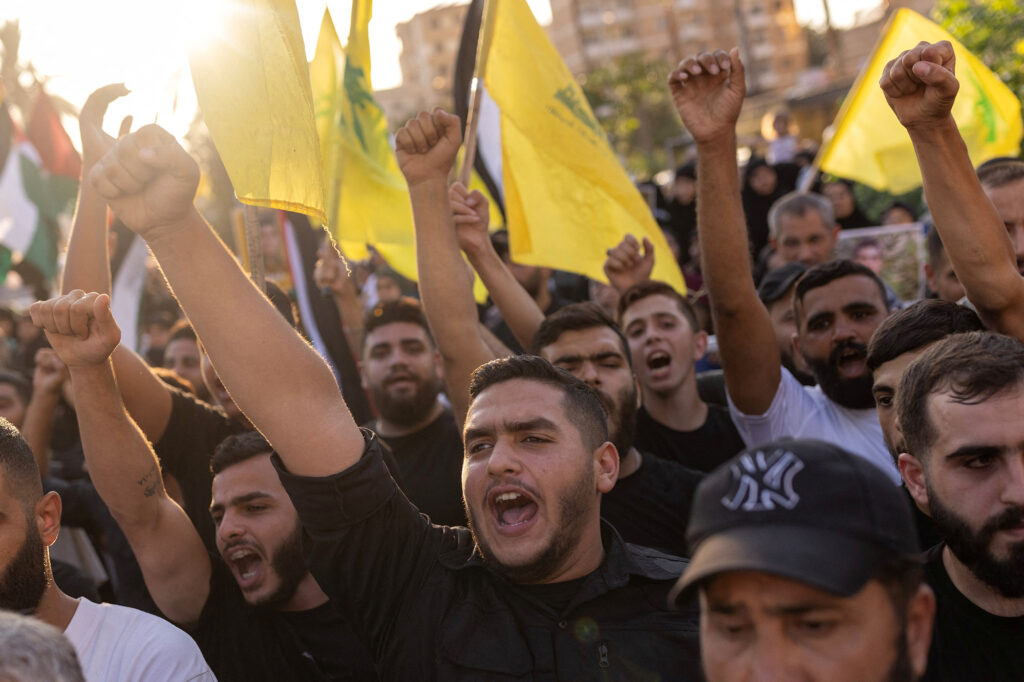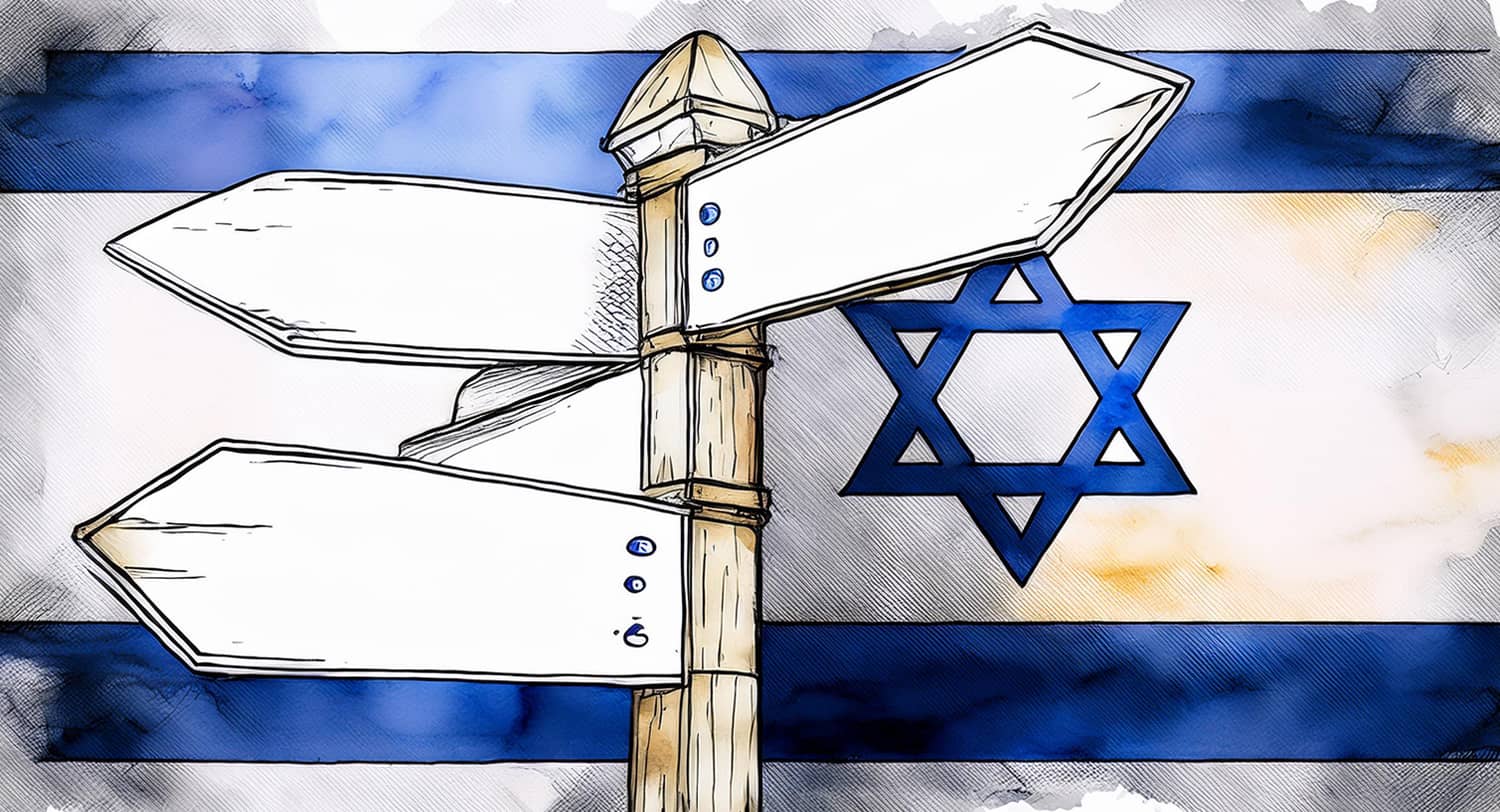Israel faces a strategic dilemma regarding prioritization of the multiple arenas of attacks it faces across the region: Can it continue to prioritize Gaza while maintaining the current low tempo of operations in Lebanon and preparing for responses from Iran?
In Gaza, the Israeli Defense Forces (IDF) has made significant progress since the Hamas invasion of Israel in October 2023. The focus on neutralizing Hamas’s military infrastructure has greatly reduced the threat posed by rocket attacks and practically eliminated the threat of cross-border terrorist activities originating from Gaza. According to IDF data from early August, the Israel air force has conducted approximately 37,000 airstrikes against targets in Gaza, with 25,000 of them targeting terror infrastructure and launch sites. Multiple ground divisions are still at work eliminating Hamas targets, guided by intelligence made possible by Israeli boots on the ground.
Yaakov Amidror, former Israeli National Security Advisor and senior military intelligence officer, in a recent interview, said the IDF is entering “phase three,” meaning low intensity operations and targeted strikes, which includes exposing remaining tunnels along the Gaza/Egypt border. He assessed it will take another two to three months to dismantle what is left of Hamas’s battalions in Rafah and central Gaza.
“Hamas in Gaza is becoming less relevant. The only asset that they have are the hostages and with that they try to play and this is what we are now in the middle of negotiations about.”
In practical terms, the Israeli air force now has the capacity to redirect its resources toward more pressing threats in other regions, and the IDF can redirect some of its ground forces from south to north.
This change in focus is timely, as the threat from Hizbullah in Lebanon has become increasingly urgent, compounded by the broader Iranian threat and its network of proxies across the Middle East.
Hizbullah in Lebanon represents the largest conventional military threat to Israel. Its arsenal includes thousands of precision-guided missiles and an estimated 250,000 warheads (150,000 of which are mortars, and 65,000 of which are rockets with ranges of up to 80 kilometers). The precision of Hizbullah’s weapons, coupled with its ability to flood Israeli skies with threats, could overwhelm Israel’s air defense systems if unleashed in a full-scale conflict.
Hizbullah is also integrated into the Iranian Revolutionary Guard Corps (IRGC) in southern Syria where a network of Iranian proxies, including tens of thousands of Shi’ite militia members under IRGC command, could also coordinate attacks on Israel, further complicating Israel’s operations.
The potential for a coordinated assault involving ballistic missiles, cruise missiles, and UAVs from Lebanon, Syria, Iran, and Yemen, presents a scenario in which Israel could face unprecedented pressure on its home front. This is one of the scenarios facing Israeli war planners as they prepare for the Iranian and Hizbullah responses to killings in Tehran on July 31 of Ismail Haniyeh, head of Hamas’s political bureau, and in Beirut on July 30 of Fuad Shukr, Hizbullah’s chief of staff.
While Hizbullah represents the most immediate conventional threat, the Iranian nuclear program poses a significant unconventional threat that, combined with Iran’s advanced missile technology, Israel cannot afford to ignore. The prospect of Iran launching missile attacks directly from its territory, as it did in April 2024, appears less threatening now that Israel and allied air defenses have a proven ability to deal with Iranian conventional capabilities. But combined with Hizbullah and other proxy threats, the Iranian threat becomes many times more severe.
Given this array of challenges, and the fact that both Iran and Hizbullah have pledged to intervene in the event that either one becomes involved in a full-scale war with Israel, the debate over whether to prioritize action against Hizbullah or to strike Iranian nuclear sites, is becoming increasingly relevant.

In the current debate in Israel on threat prioritization, Raphael BenLevi, a former IDF military intelligence officer, argues that Israel must shift focus to confronting Hizbullah rather than wait and respond to further provocations.
“It would be preferable for Israel to now launch a surprise all-out war against Hizbullah with the goals of destroying its missile stockpiles and disbanding it as an organization, as UN Security Council Resolution 1701 requires…it is highly unlikely that there will be a better opportunity for this inevitable war in the foreseeable future, and an opening surprise salvo against Hizbullah’s precision missiles would be of great advantage.”
At a minimum, BenLevi continues, Israel should consider a ground maneuver to establish a buffer zone in Lebanese territory, while extensively damaging Hizbullah’s missile and rocket stockpiles with airstrikes. If both of these minimal goals can be achieved, then Israel could consider settling it there and postponing the inevitable larger conflict to sometime in the coming few years, and use the intervening time to re-arm and prepare itself.
High-profile assassinations, on their own, do not address the Hizbullah threat, according to BenLevi. Even the argument that they throw Hizbullah off balance for a while is questionable, since its terror army, with 50,000 regular and reserve personnel, and an ability to call up a further 50,000 irregular reservists, is able to absorb such losses and replace its commanders.
Others strategists agree with BenLevi’s focus and argue for a phased approach: first neutralize Hizbullah then turn to Iran. A full-scale war with Hizbullah would require the Israeli air force to conduct thousands of airstrikes daily, targeting key infrastructure and Hizbullah military assets in Lebanon. Such an operation would also necessitate the deployment of significant ground forces to conduct incursions to dismantle Hizbullah’s lines of defense and launching capabilities, in hundreds of Shi’ite villages in southern Lebanon.
The phased approach assumes that the threat from Iran can be contained or delayed. Given the interconnected nature of the threats Israel faces, this may no longer be feasible. The possibility that Iran, Hizbullah, and their allies in Syria could coordinate a multi-front assault on Israel necessitates consideration of preemptive strikes on all fronts.
This would involve a large-scale operation reminiscent of the opening moves of the 1967 Six-Day War, with Israel leveraging its air superiority, high-quality intelligence, and ground maneuver capabilities to achieve a rapid and decisive victory.
Such an operation would require Israel to hit thousands of targets across multiple countries within a short time frame. The goal would be to cripple Hizbullah’s strategic missile capabilities, strike targets in Iran, and neutralize the threat from Shi’ite militias in Syria (and possibly Iraq).
The IDF is still recovering from the war in Gaza, and although it is ready for a new high-intensity conflict in the north, the fact is that the military is not used to fighting long wars. In addition, before October 7, the IDF ground forces underwent decades of neglect that will take at least a few years to recover from.
One way that Israel can try to delay the inevitable large-scale confrontation with Iran and Hizbullah is to see how they respond to a formal transition to a phase 3 low intensity conflict in Gaza. If Hizbullah continues to fire on the north after this happens (assuming that no hostage deal is reached, or if one is reached, it is a temporary truce), this will mean that further attempts at delaying the clash will be futile. If, however, Hizbullah holds its fire, an opportunity to delay the future war will present itself.
Israel stands at a critical juncture. Tactical successes in Gaza have freed up military resources to address other threats. Whether Israel opts for a phased approach, prioritizing Hizbullah first, a simultaneous action across multiple fronts, or a “wait and see” posture, the decision will have far-reaching implications.
In the meantime, Hamas remains in Gaza, reduced in power but still surviving as both a military and civilian body. Israel must not allow its enemies to distract it from the initial – and still critical – war goal of dismantling the threat from Hamas. Israel’s ability to accomplish this goal will reverberate throughout the Middle East.

